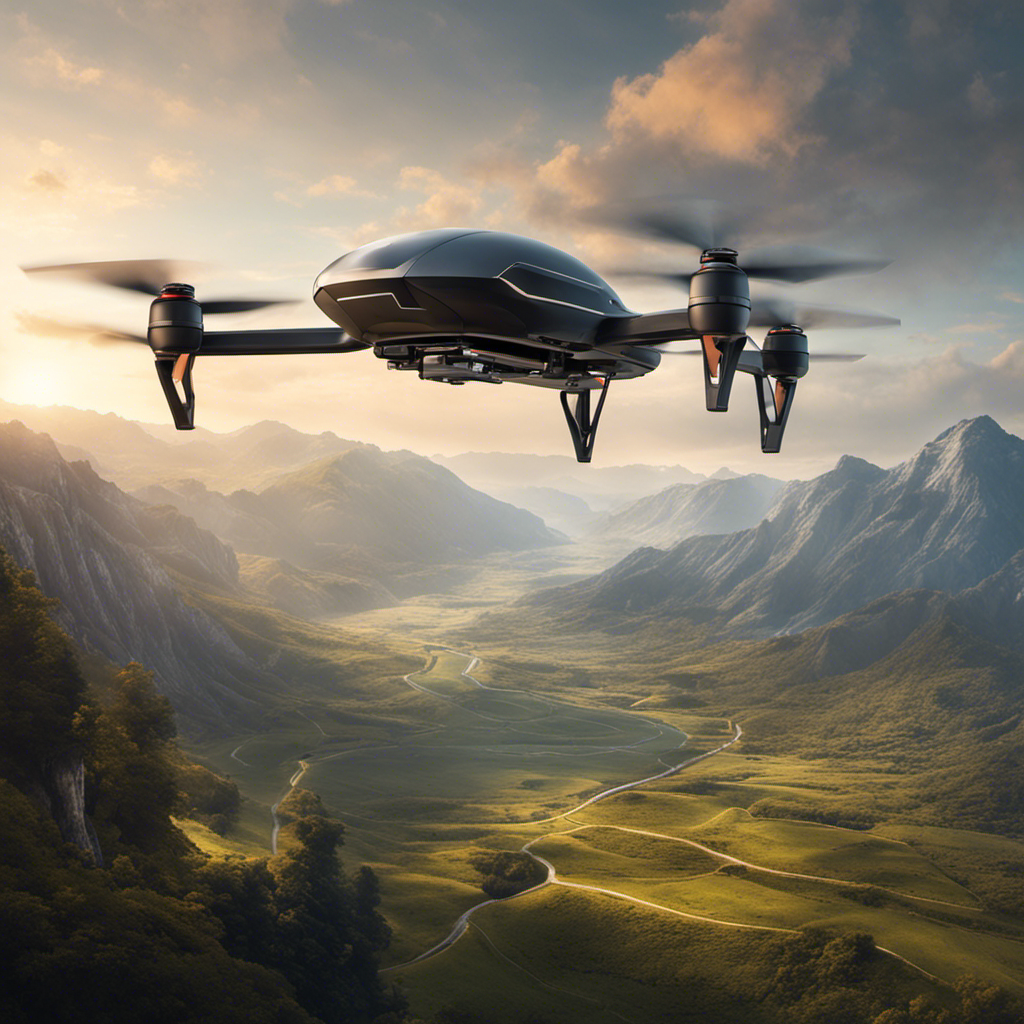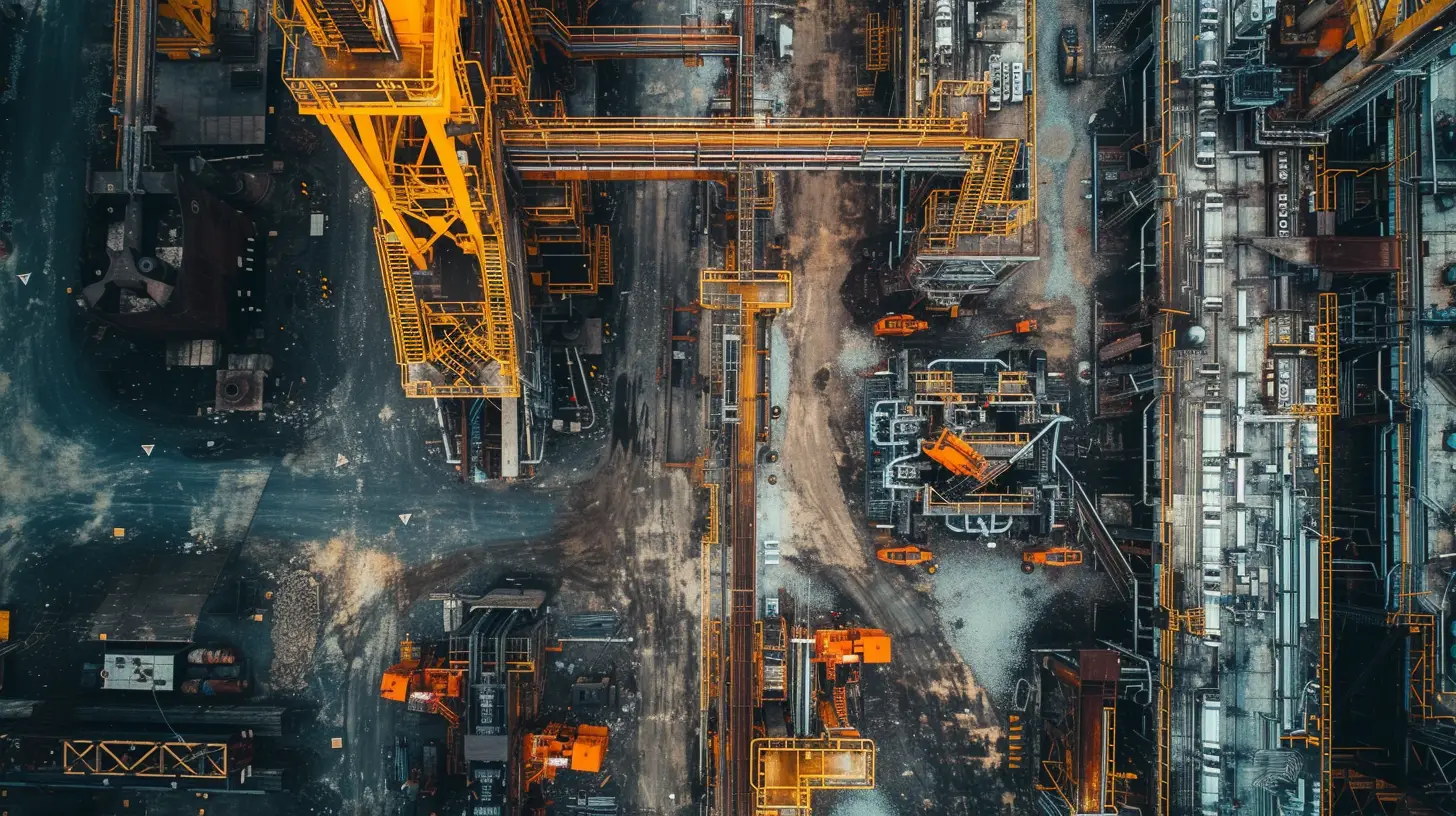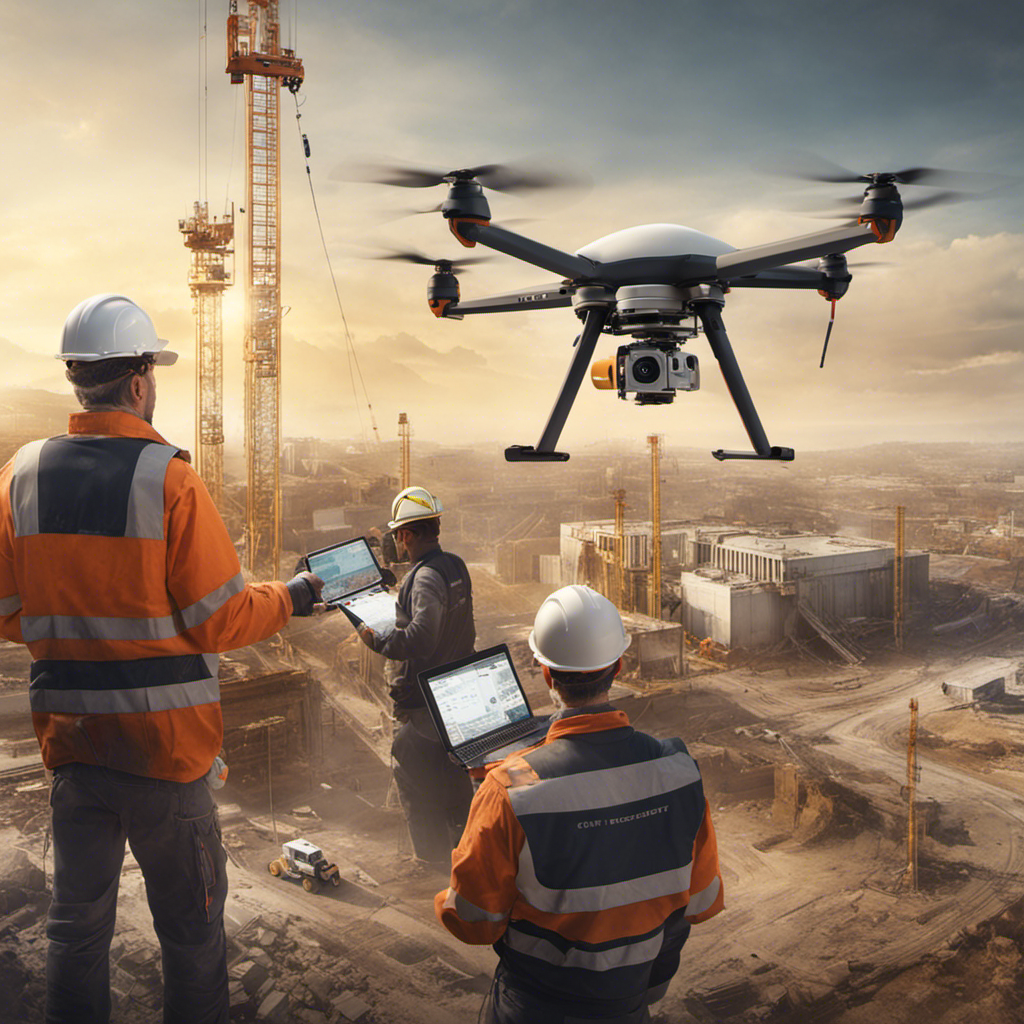Do you want to capture breathtaking aerial shots that will leave you and your audience in awe? Well, here’s an interesting statistic for you: drone photography has become increasingly popular, with over 1.7 million drones being sold in the United States alone in 2020.
Now, imagine the freedom and creativity you can unleash with your own drone! In this guide, we will share some valuable tips to help you shoot jaw-dropping aerial shots.
From choosing the right drone with a high-resolution camera to mastering flight control techniques and composing creative shots, we’ve got you covered.
So, get ready to elevate your photography game and unlock the freedom of capturing stunning aerial images with your drone.
Key Takeaways
- Assess photography needs and consider features and capabilities of drones
- Shoot in RAW format and experiment with camera settings for flexibility and unique visuals
- Master flight control techniques for precise adjustments and capturing unique perspectives
- Pay attention to composition techniques and use software for editing and enhancing aerial photos
Choosing the Right Drone
- First, assess your photography needs and determine the specific features and capabilities you require in a drone. When choosing the right drone for your aerial photography adventures, it’s crucial to consider factors such as camera quality, flight time, range, stability, and maneuverability.
Look for a drone with a high-resolution camera that can capture stunning, crystal-clear images and videos from above. Additionally, check the flight time and range of the drone to ensure it meets your requirements for covering large areas or capturing lengthy footage.
Stability and maneuverability are also essential, as they determine how smooth and precise your aerial shots will be. By carefully evaluating your photography needs and prioritizing the features that matter most to you, you can make an informed decision when choosing the right drone for your freedom-seeking photography endeavors.
Understanding Camera Settings
To understand camera settings for drone photography, you need to familiarize yourself with the functions and options available to capture stunning aerial shots.
Shooting in RAW format is crucial as it allows for maximum flexibility in post-processing, enhancing the potential of your aerial shots.
Adjusting the ISO setting is essential for controlling the camera’s sensitivity to light, ensuring clear and well-exposed images in varying lighting conditions.
Selecting a suitable aperture allows you to control the depth of field, emphasizing specific subjects or creating a sense of depth in your aerial photographs.
Using a fast shutter speed is vital for freezing motion and capturing sharp, detailed shots, particularly when photographing moving subjects or in windy conditions.
Expanding your creativity, experimenting with different white balance settings can significantly impact the mood and tone of your drone photography, allowing for unique visual storytelling.
Mastering Flight Control Techniques
Mastering flight control techniques is essential for capturing jaw-dropping aerial shots with your drone. To achieve stunning perspectives, it’s crucial to have a solid understanding of your drone’s stability and maneuverability. By skillfully controlling the flight, you can create balanced compositions and guide the viewer’s eye with leading lines.
Proficient navigation of your drone allows for precise adjustments of camera settings, resulting in crisp and professional aerial shots. By mastering flight control techniques, you can explore diverse landscapes and effortlessly capture unique perspectives. It gives you the freedom to showcase your creativity and capture breathtaking images from above.
Composing Creative Shots
When composing creative shots with your drone, take advantage of the unique perspective it offers to capture stunning aerial photographs. Aerial photography allows you to experiment with different angles and perspectives, enabling you to create unique and captivating compositions.
One technique you can utilize is incorporating leading lines in your shots. These lines guide the viewer’s eye through the image and create depth, adding a dynamic element to your aerial photography.
To add a sense of scale and dimension to your shots, consider including foreground elements. These elements not only provide visual interest but also help viewers understand the size and scope of the scene.
Lastly, pay attention to the placement of the horizon line to create visually appealing and balanced shots. The rule of thirds can also be employed to create well-balanced and visually engaging compositions in aerial photography.
Editing and Enhancing Aerial Photos
For a polished and professional finish, take advantage of the unique perspective your drone offers by editing and enhancing your aerial photos. Using software like Adobe Lightroom, you can easily adjust the exposure, contrast, and saturation of your drone photos to make them pop.
Crop and straighten your images to improve composition, and remove any unwanted objects or distractions that may detract from the overall impact of the shot.
Experiment with composition techniques such as the rule of thirds and leading lines to further enhance your aerial shots. Before post-processing, make sure to adjust camera settings like ISO, aperture, and white balance to achieve the desired effects.
Frequently Asked Questions
How Can I Improve My Aerial Photography?
To improve your aerial photography, experiment with creative techniques like the rule of thirds and leading lines. Adjust camera settings for desired effects and use post-processing software to enhance your photos. Elevate the quality with a high-resolution camera and stable drone.
What Is the Best Angle for Drone Photography?
To capture stunning aerial shots in drone photography, experiment with different angles and perspectives. Incorporate leading lines and foreground elements for depth and interest. Pay attention to the horizon line placement and use the rule of thirds for balanced compositions.
How Can I Get Better at Drone Photography?
To get better at drone photography, try mastering composition techniques. Imagine your aerial shots as a canvas and use the rule of thirds and leading lines to create captivating visuals. It’s like painting with pixels in the sky.
What Setting Do You Use for Drone Photography?
For drone photography, adjust your camera settings to control ISO, aperture, and shutter speed. Experiment with white balance for desired color tones. Shoot in RAW format for flexibility in post-processing. Enhance your photos with software like Adobe Lightroom.




